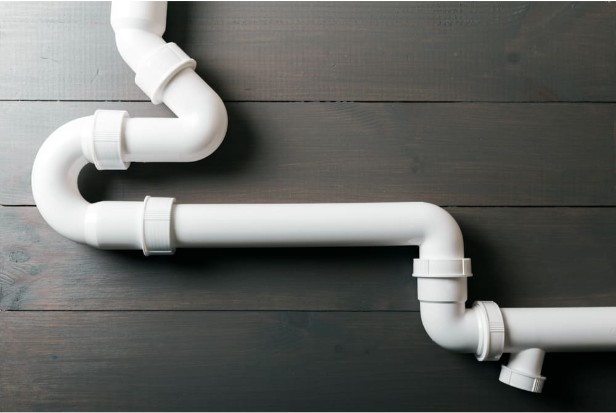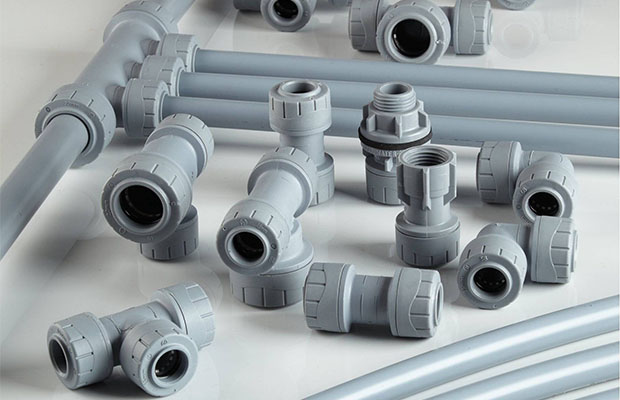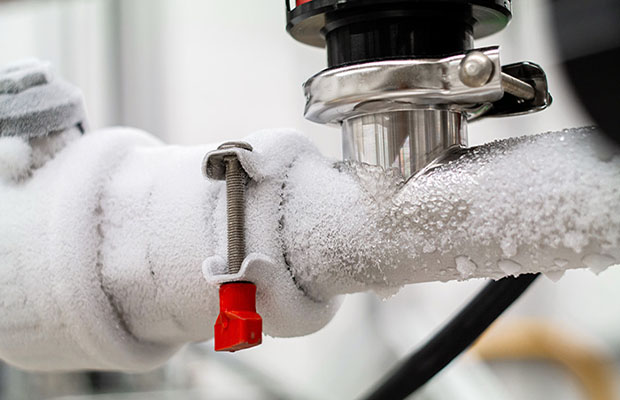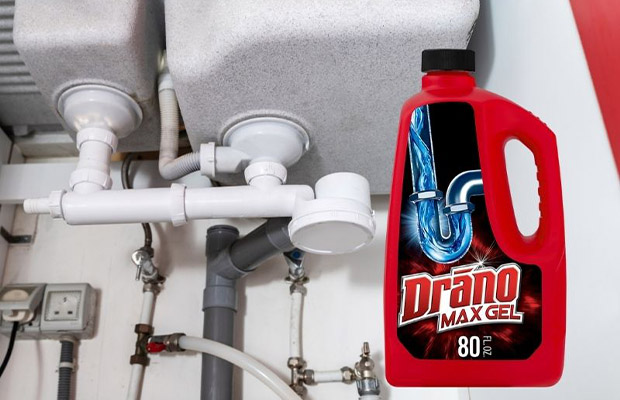
Aluminum, salt, bleach, lye, and sodium nitrate are the ingredients in Drano, a drainage cleaner. But is Drano bad for pipes? The answer is yes. Because of its corrosive nature, Drano can cause toilet bowls to crack, PVC pipes to melt or break and the glue that holds pipes together can be eaten away.
If you’re using Drano with other plumbing equipment like a plunger, the liquid can easily splash up out of the sink and burn your skin, eyes, and lungs.
Continue reading to find out what to do to fix the issue.
Table of Contents
What Is Drano And How Does It Work?
A lye-based drain cleaner for use in homes, Drano is available in a variety of packaging. The majority of chemical drain cleaners are sold in liquid, gel, foam, and of course power forms. They are made up of aluminum, salt, bleach, sodium nitrate, and lye.
When Drano is poured down a drain, numerous chemical processes take place simultaneously. Sodium hydroxide, also known as lye, is the main component that breaks down organic material, including grease and hair. Small pieces of aluminum combined with lye produce a potent reaction that produces heat that is almost boiling. Decomposition proceeds more quickly due to the intense heat.
Additionally, tap water reacts with lye to produce more heat and soften drain scum. Later, lye and grease combine to form soap, in which hot water dissolves. Hydrogen bubbles are once more created when it reacts with aluminum. The hot water and bubbles help the clogs to be removed from the pipes. Most residential drains and pipes cannot support all these reactions occurring simultaneously.
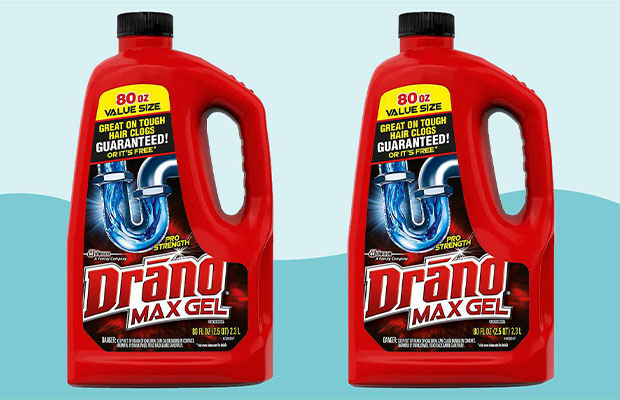
Dangers Of Drano
Health Risks
Drano can dissolve almost any organic material, so if it gets in your skin or eyes, it could do irreparable harm. You risk getting burned by the liquid splashing up from the sink and getting it in your eyes, skin, or lungs. You can seriously harm your lungs by breathing in the fumes. If Drano and other products react together, toxic fumes could be produced.
When it leaves your sewage or plumbing system, it can quickly contaminate the water supply, harming plants and animals that drink it.
Damage To Your Plumbing System
Drano reacts and produces heat continuously as it sits in a pipe until the obstruction is removed. Even one use of Drano can result in broken or melting PVC pipes, cracked toilet bowls, and the eroding of pipe glue. Before using the sink again, at least 24 hours must pass.
All types of pipes, even copper ones, corrode from their contents of them, including hydrochloric acid. Corrosion is especially likely to occur in older pipes. Crystal cleaners can harm your septic system and garbage disposal as well. Your bathroom fixtures made of porcelain, aluminum, and stainless steel may become corroded by the chemicals.
Although these cleaners might briefly clear obstructions, they might also conceal the actual cause of the blockage. An obstruction in the drain or a broken pipe are three possible causes of a backed-up sewer line. You need experts like High Mark to solve these issues because liquid cleaners won’t work.
Other Choices For Clog Clearing
When it comes to clearing your pipes of blockages, it is better to be safe than sorry. If you’ve used an over-the-counter chemical drain cleaner and you are still having problems with clogged pipes, try the following tips:
- Use a flange plunger. Sometimes a traditional plunge will help remove the obstruction or loosen it so that water can flow freely through your pipes again. To dislodge any loose objects in your pipe before or after using a drain cleaner, try plunging.
- Try a drain snake. Use a toilet auger or a drain snake, if you have one, to clear the obstruction from the drain.
- Call a professional. If none of the aforementioned remedies work, you might have a sewer line obstruction or, in some cases, you might have tree roots encroaching on the edges of your pipes. If your obstruction is in the sewer line, a qualified plumber is required to remove it.
How To Prevent Clogs?
Run hot water down the drains after brushing your teeth or taking a shower. Shampoo and toothpaste will both dissolve more easily in the warm water. Using a drain saver that catches hair is a smart idea if you have long hair. Never flush human hair down the toilet.
Flushing your home’s drains all at once is one method for clearing clogs. Drains should be closed on all of your sinks, bathtubs, and showers. Warm water should be poured into each sink or bathtub, and someone should be stationed at each drain and toilet. Afterward, request that everyone flush their toilets simultaneously while also opening their own drains.
Weekly drain flushing is a good idea for troublesome drains. Pour one cup of boiling water down the drain slowly. What causes the water to boil? Any dirt or debris in the pipes are helped to loosen by the heat. To protect the finish of your tub or shower, make sure to only pour the water down the drain.
Drains should be sprayed with salt water once a month to prevent clogs. Add a tablespoon or two of table salt to the drain. After that, add ¼ cup of white vinegar and let it sit for an hour. Run hot water down the drain for ten minutes after that. Repeat the process for the best outcomes. After the salt, add 14 cup of borax for obstinate clogs.
Read More: How To Clean Glass Pipe Properly?

